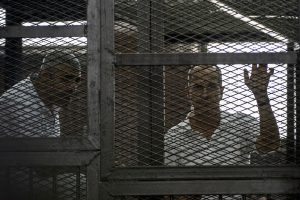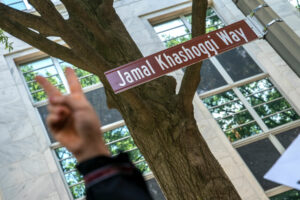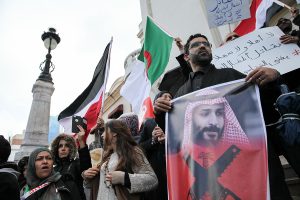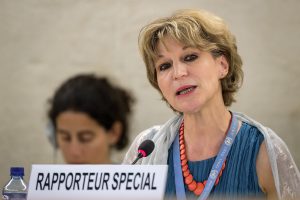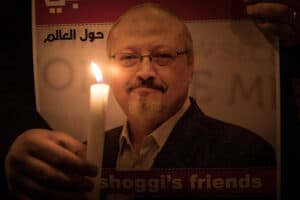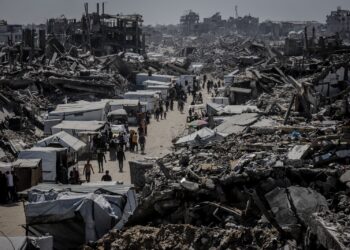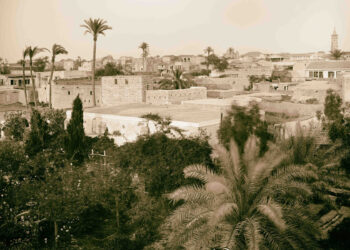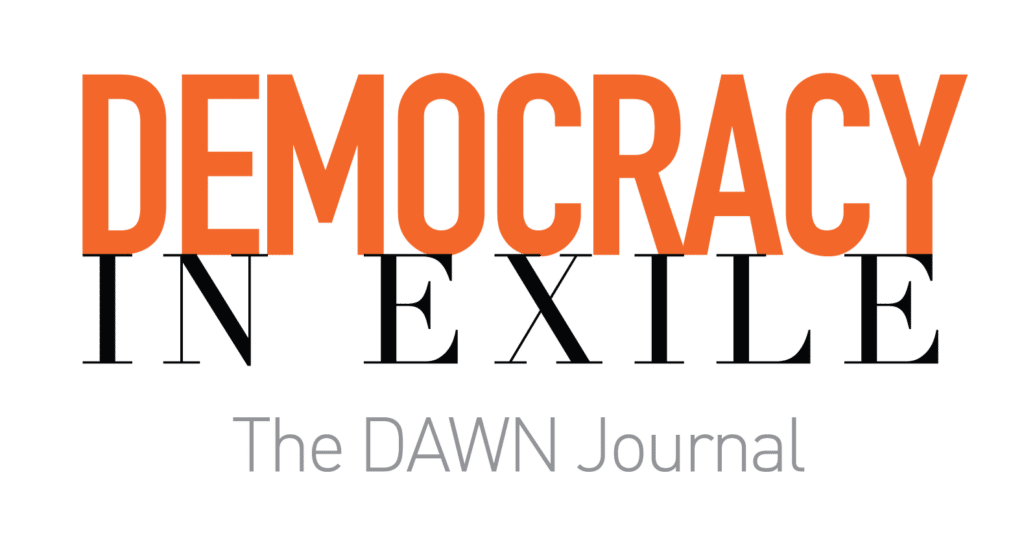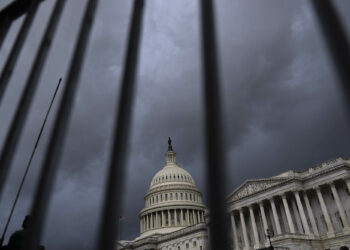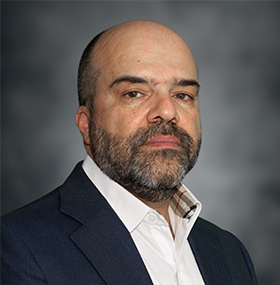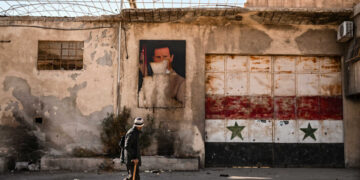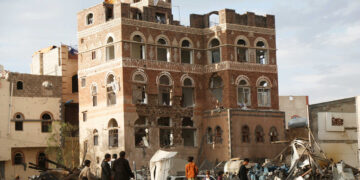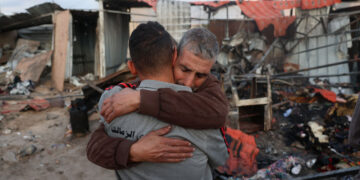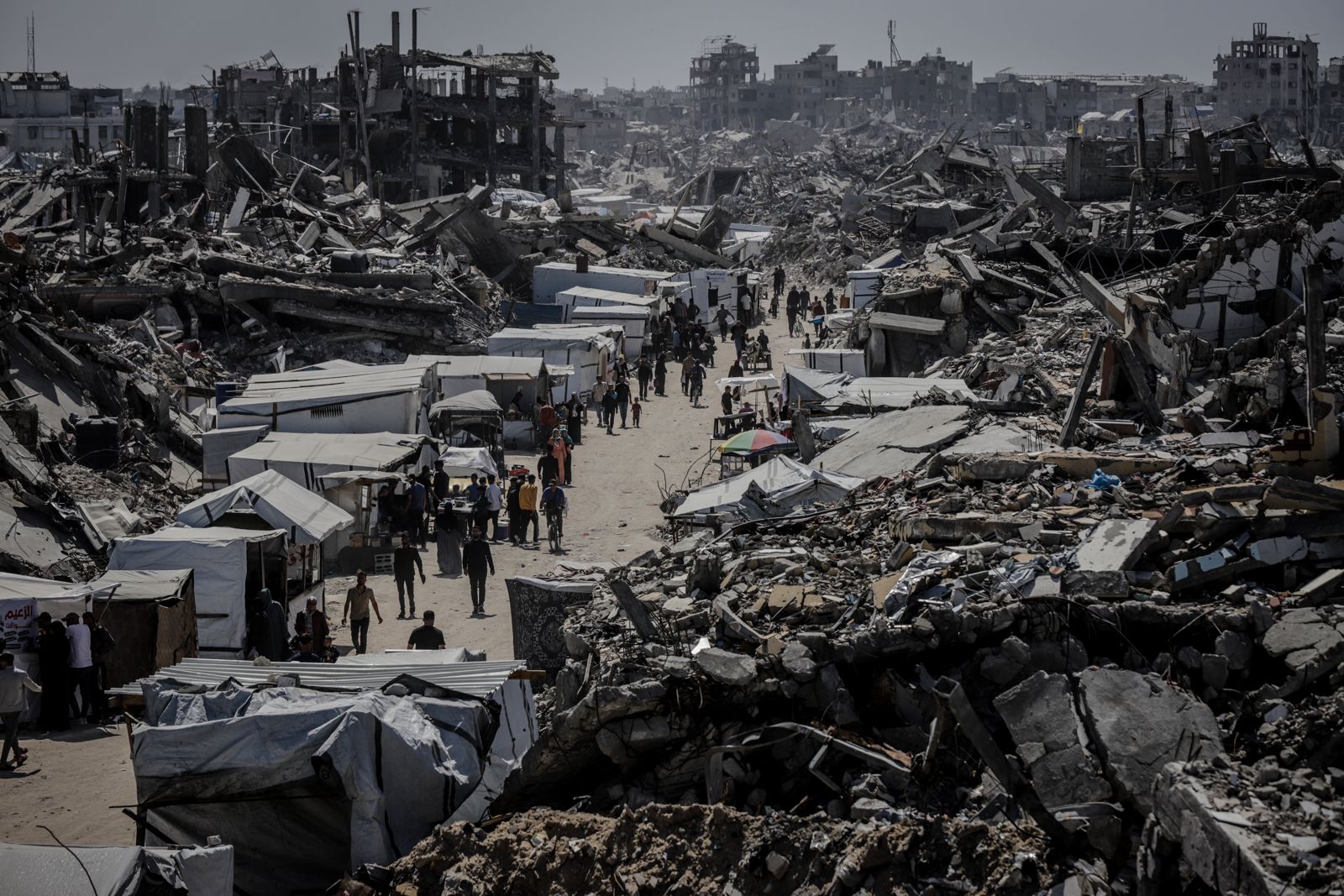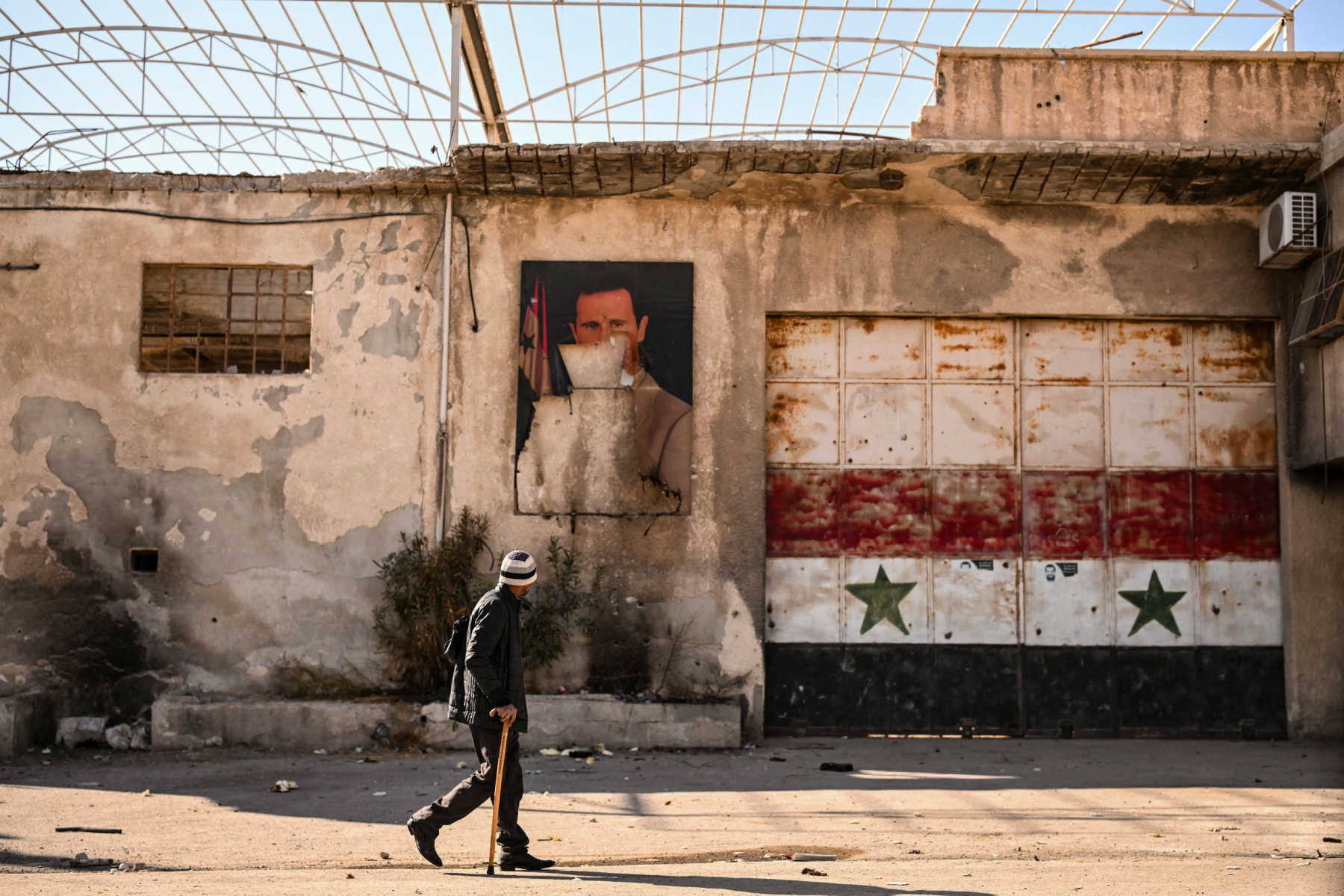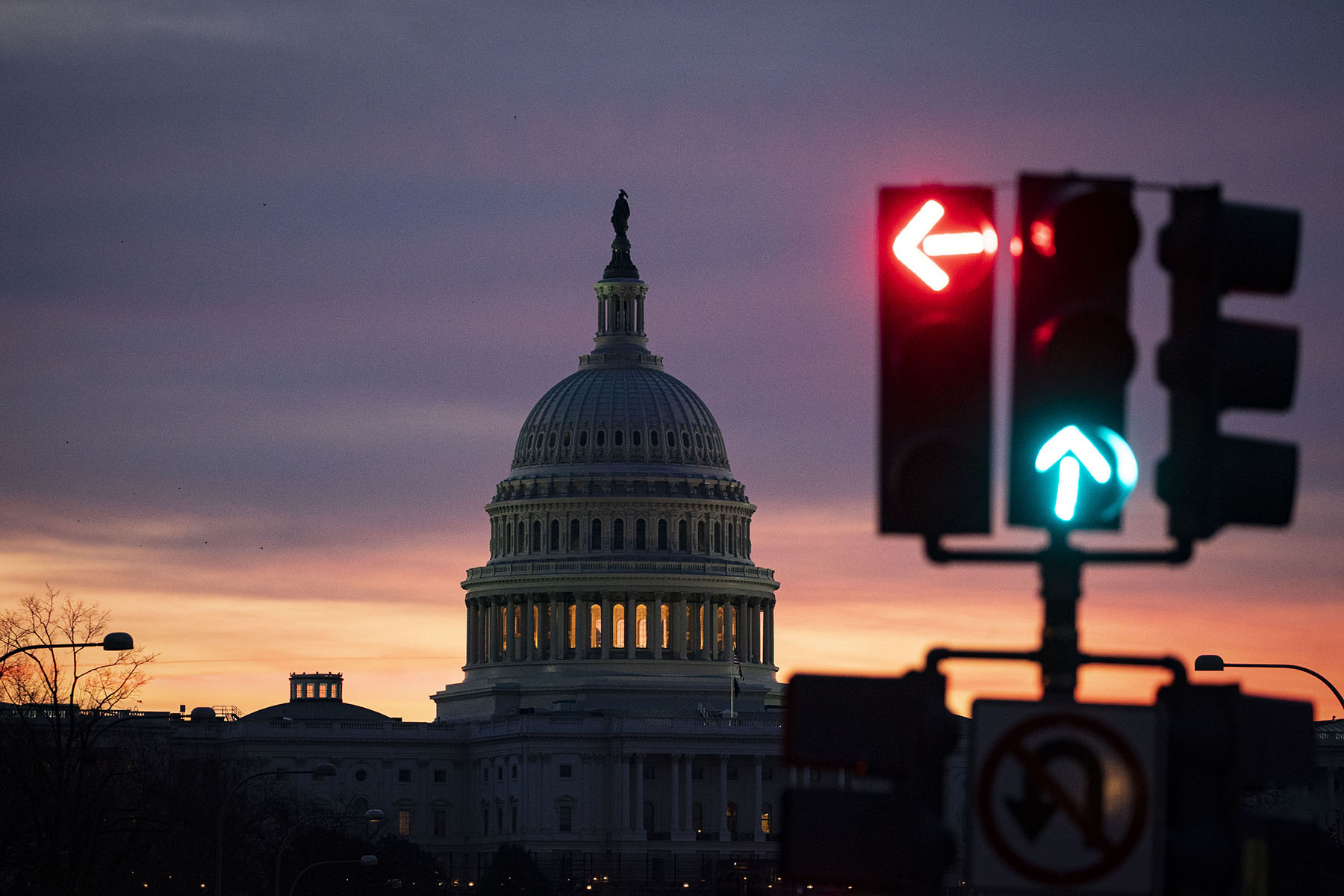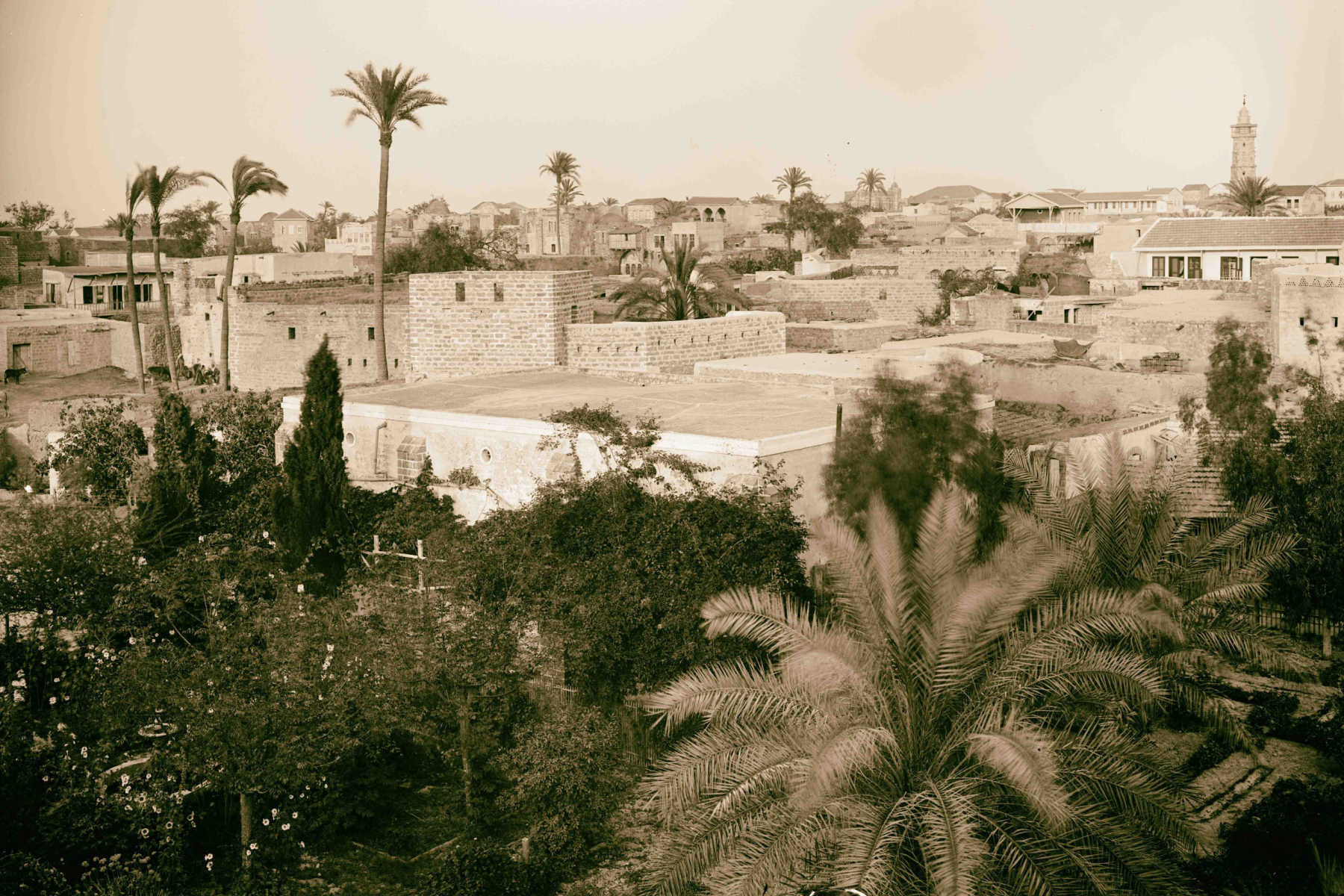Julien Zarifian is a professor of U.S. history at the University of Poitiers in France and a fellow at the Institut Universitaire de France. He is the author of The United States and the Armenian Genocide: History, Memory, Politics (Rutgers University Press, 2024).
In researching and writing my book, The United States and the Armenian Genocide: History, Memory, Politics, I studied mostly a political fight. It was the political fight by the organized Armenian American community, handled mainly by the Armenian National Committee of America and the Armenian Assembly of America, to push for the U.S. government to recognize the Armenian genocide of 1915, when more than a million Armenians were killed in a campaign of ethnic cleansing by the Ottoman Empire. My book examines how and why the U.S. government, under the pressure of a denialist Turkey, refused to acknowledge the genocide, from the early 1970s onward, until President Joe Biden's landmark recognition in 2021. This five-decade-long political struggle was full of many failures and disappointments for the Armenian camp, as it was facing a fierce opposition by Turkey and its numerous, powerful allies in Washington.
The book is a story of both hope and disillusionment, as all the efforts by Armenian Americans and their allies in Congress to officially recognize the genocide were systematically blocked by Turkish lobbying and successive U.S. administrations—until 2019, when the House of Representatives and the Senate finally passed resolutions calling the mass killing of Armenians genocide. Yet it is also, and probably first and foremost, a story of perseverance and resilience. The choices and decisions by the organized Armenian community on how to win U.S. recognition of the genocide were probably not always the best ones. Even the very fact of dedicating so much energy and resources to recognition has been open to some criticism. Nevertheless, it is clear that the Armenian camp succeeded in maintaining a clear stand on the issue and firm pressure, for decades. To express it in simple terms, they never gave up.
When I finished the first draft of my book, in September 2020, it was the beginning of what is perceived by Armenians and many others as the tragedy of Nagorno-Karabakh—Artsakh in Armenian. It is a disputed territory between Armenia and Azerbaijan, placed within Azerbaijan's borders at the beginning of the Soviet era, although it has been home predominantly to Armenians since the distant past. At the end the Soviet era, the Armenians of Nagorno-Karabakh, supported by the Republic of Armenia, fought a war against Azerbaijan to gain their independence. The war led to tens of thousands of deaths and hundreds of thousands of refugees on both sides. The Armenians won the war in 1994, but Azerbaijan never admitted its defeat. The contested borders of Nagorno-Karabakh effectively froze, until Azerbaijan started a new war in September 2020. When I completed the manuscript in the fall of 2023—one year ago—Azerbaijan had seized full control of Nagorno-Karabakh, driving the enclave's entire Armenian population out of their land.
Some 120,000 Armenians had to leave behind entire lives, from homes and schools to churches and cemeteries integral to Armenian history and culture in Artsakh going back centuries.
- Julien Zarifian
It is difficult to sum up this disastrous, three-year episode in a few lines. After the brutally violent, 44-day war in 2020 triggered by Azerbaijan, with the full support of Turkey, a relative cease-fire brokered by Russia held for three years, despite several months of blockade imposed by Azerbaijan on the Armenian population of the enclave. Azerbaijan then attacked a second time in September 2023, which led effectively to the end of Artsakh and the forced exile of some 120,000 Armenians who lived there. They had to leave behind entire lives, from homes and schools to churches and cemeteries integral to Armenian history and culture in Artsakh going back centuries. It was a moment of profound suffering and dislocation for the Armenians of Artsakh, now nearing its one-year anniversary, with major political and geopolitical reverberations in the Republic of Armenia and impacts on Armenians around the world.
I hardly mentioned Nagorno-Karabakh in the book. But while working on its final edits, the war and the process of elimination of the enclave's Armenian population, with all its history and cultural heritage, was constantly in my mind. Many observers, Armenian and non-Armenian alike, characterized it as genocide, some inscribing it in a sort of continuum of mass violence that Armenians have experienced on their lands, from the last decades of the Ottoman Empire onward.
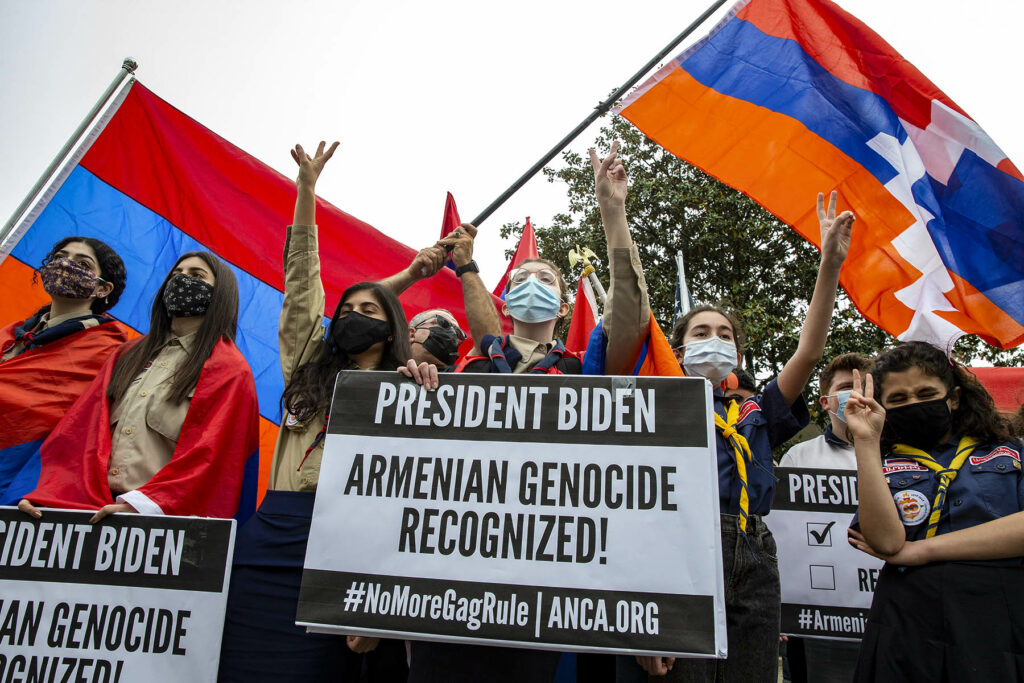
Although I tended to agree with this way of presenting the Armenian national experience, and still do—of a people whose very existence on its ancestral lands has been seriously threatened many times over the past few centuries—my thoughts at the time I was finalizing my book, and to this day, did not really focus on the characterization of the 2020-2023 phase as genocide. Instead, they have focused on the actions that could be taken now and in the future in relation to Nagorno-Karabakh and its Armenian population, who are now all refugees. There are also broader issues about the security and territorial integrity of Armenia itself, which is under constant threat from neighboring Azerbaijan.
The answers to these pressing questions for many Armenians and others today—what should be done for Artsakh, and for the security of Armenia?—are necessarily complex. I do not have immediate and easy answers, but it is clear that they will be, for the most part, political and geopolitical, and that the international community, and especially the West, will have its role to play. It played it before, during and in the immediate aftermath of the two wars in 2020 and 2023 that led to the fall of Artsakh. The international community should keep playing a role in the future—but maybe only if the Armenian camp mobilizes to maintain the issue on its agenda, just as Armenian American organizations did in the United States for the recognition of the Armenian genocide.
Of course, any comparison between the political fight for the Armenian genocide recognition and the question of the future of Artsakh and of its refugee population should be careful and measured, as they are very different cases. Yet the long political fight for the recognition of the Armenian genocide by the U.S. government may inspire all those who now believe that the issue of Artsakh, and of the security of Armenia itself, should not be buried.
Many observers, Armenian and non-Armenian alike, characterized the fall of Nagorno-Karabakh as genocide, some inscribing it in a sort of continuum of mass violence that Armenians have experienced on their lands.
- Julien Zarifian
As I show in my book, there were a few preconditions that enabled the Armenian camp to eventually win recognition in Washington for the Armenian genocide. First of all, the persistent, even existential, motivation from the Armenian American community kept the issue of genocide recognition alive. This was combined with the fact that Armenian Americans had a clear goal—the official recognition of the genocide by U.S. federal authorities—that they progressively succeeded in presenting as a just and worthy cause.
Transposed to Nagorno-Karabakh, it probably means that the first step would be to formulate explicitly what Armenians from the enclave—and to a different extent the Republic of Armenia and perhaps even the Armenian diaspora—want with regards to the future of Artsakh and of its people. The next step would be to translate those objectives into clear and precise goals, or simply one goal, which may evolve over time but still needs to be explained publicly and persistently. It is not an easy task, but it is probably an indispensable one.
Unity is also central. There may be tactical disagreements, and even opposition, between the numerous political components of what scholars call the Armenian transnation, and of the Armenian diaspora, especially in the United States, as there may have been between the Armenian National Committee of America and the Armenian Assembly of America with regards to recognition of the genocide. Yet they agreed on what was essential: get the genocide recognized by the United States.
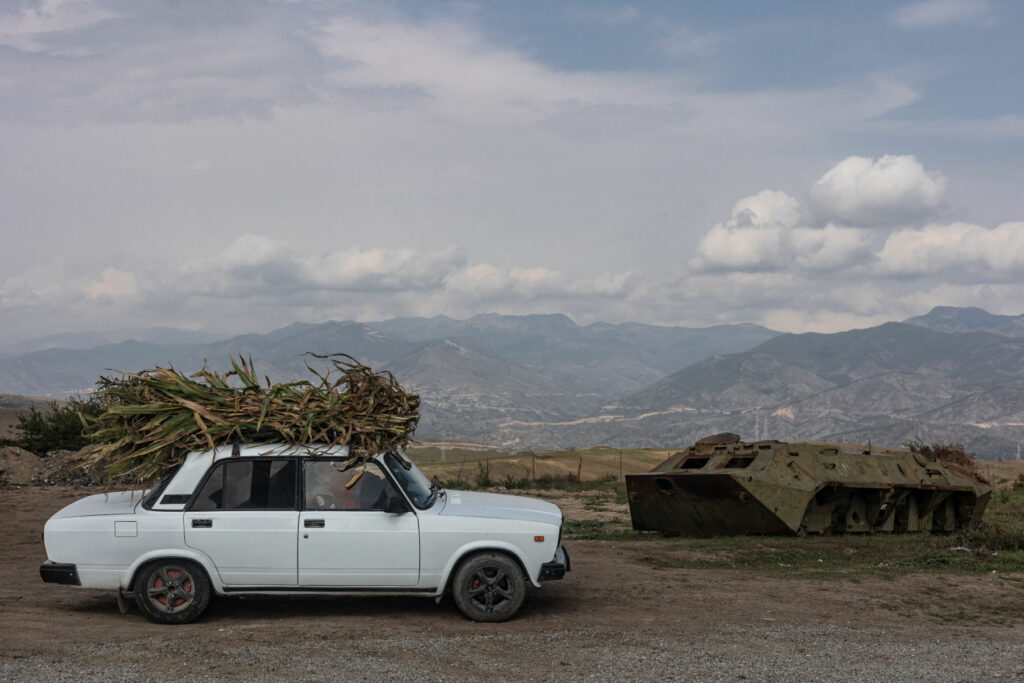
In a different vein, my book, especially in its core chapters that analyze the Congressional battles for genocide recognition from the 1980s to the 2010s, shows that visibility for the genocide in Congress increased as public knowledge of the history of the genocide grew. During these three to four decades, new academic scholarship—by Vahakn Dadrian, Richard Hovannisian, Yves Ternon, Taner Akçam and Raymond Kévorkian, in particular—removed any doubt about the genocidal nature of the 1915 massacres. Perhaps more significantly, their books revealed not just the magnitude of the genocide for Armenians, but its universalist character and its place in the history of the 20th century.
Transposed to Artsakh and Armenia, this means that more studies and scholarship on the history, culture and geopolitics of the small—but singular—enclave and of the South Caucasus in general will be essential to educate people and inform public debate. Likewise, making these academic studies accessible and disseminating them to larger and more diverse audiences, through mainstream media but also research organizations, was critical in raising awareness about the recognition of the Armenian genocide.
For now, though, one year after the fall of Artsakh, keeping this issue alive internationally is an ambitious undertaking, whose precise contours have yet to be defined. The work ahead, for the people and organizations that may want to undertake it, will certainly be difficult, due to many factors but primarily to the enduring hostility of Azerbaijan and Turkey. It will necessarily be a long-term and evolutionary task, requiring resources, vision, adaptability and, perhaps most of all, determination and perseverance—exactly what was needed to finally secure U.S. recognition of the Armenian genocide.



